Identifying Tarantula Mites
Tarantula mites are a common problem for tarantula keepers. These tiny, often red or brown, arachnids can infest your pet tarantula and its enclosure, causing stress and potential health issues. Early detection is crucial for successful treatment. Identifying the presence of mites is the first step in protecting your tarantula. This guide will help you recognize the telltale signs of a mite infestation and provide effective solutions to eradicate them. Understanding the lifecycle of tarantula mites and how they impact your pet’s health is essential to providing proper care. With the right knowledge, you can keep your tarantula healthy and mite-free.
Visible Signs of Mite Infestation
Mite infestations manifest in several observable ways. Being vigilant and knowing what to look for can prevent a minor issue from becoming a severe one. The following are the most common signs of mites on your tarantula and in its enclosure. Careful observation and prompt action are key. Remember that the sooner you identify the problem, the easier it will be to eliminate the mites and restore your tarantula’s health. Regularly inspect your tarantula and its enclosure for these signs.
Tiny Moving Dots
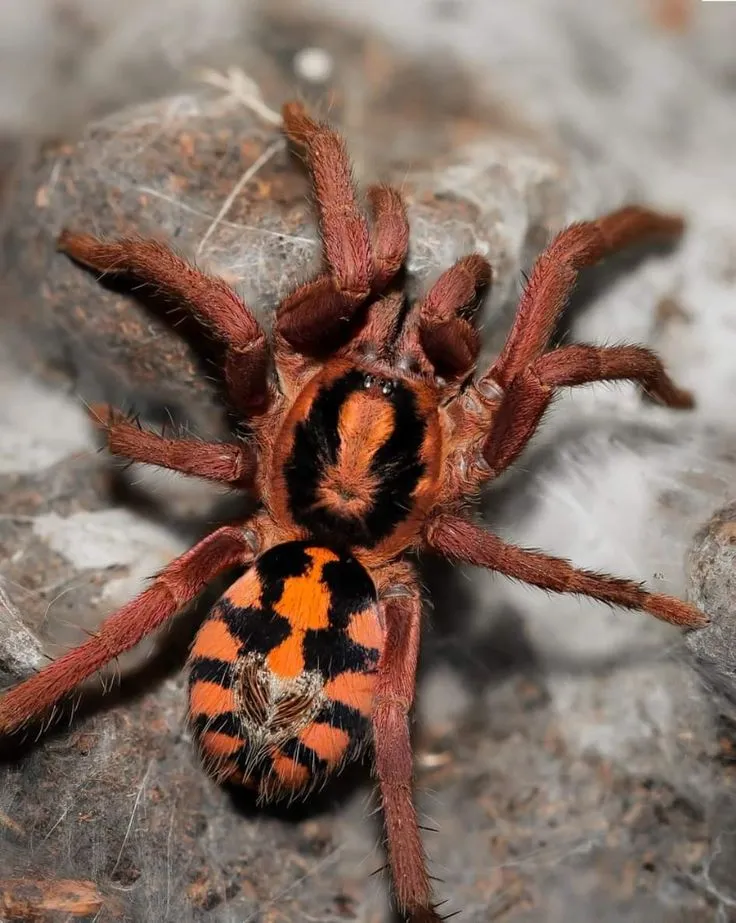
One of the most obvious signs of a mite infestation is the presence of tiny, moving dots. These are the mites themselves, often visible to the naked eye, especially against a dark background. They typically appear as small red, brown, or white specks. Use a magnifying glass to get a closer look and confirm their presence. You might find them on the tarantula’s body, legs, or around the mouthparts. They can also be seen crawling on the enclosure walls, substrate, or any other surface. The number of mites can vary widely, from a few to many hundreds, depending on the severity of the infestation. The more mites, the greater the potential harm to your tarantula.
Excessive Grooming
Tarantulas are naturally fastidious creatures and groom themselves, but excessive grooming is a clear indicator of a mite problem. If your tarantula is constantly grooming or scratching at its legs, abdomen, or chelicerae, it’s likely trying to dislodge mites. This behavior is a sign of discomfort and irritation caused by the mites. The tarantula may rub its legs against its fangs or mouthparts or repeatedly brush at its body with its legs. Constant grooming can be a sign of stress, and it can also lead to abrasions or wounds on the tarantula’s exoskeleton, increasing the risk of secondary infections. Therefore, it is crucial to address the issue promptly.
Changes in Behavior
A tarantula infested with mites may exhibit changes in its typical behavior. It might become more lethargic, less active, or lose its appetite. The tarantula may hide more frequently, avoiding interaction with its environment. Some tarantulas may become irritable and defensive, striking out more readily. These changes are often a sign of stress and discomfort. Pay close attention to your tarantula’s usual habits and activity levels. Any deviation from the norm, such as a sudden decrease in feeding or an increase in hiding, could indicate a mite infestation. These behavioral changes can signal that something is amiss.
Red or Brown Spots
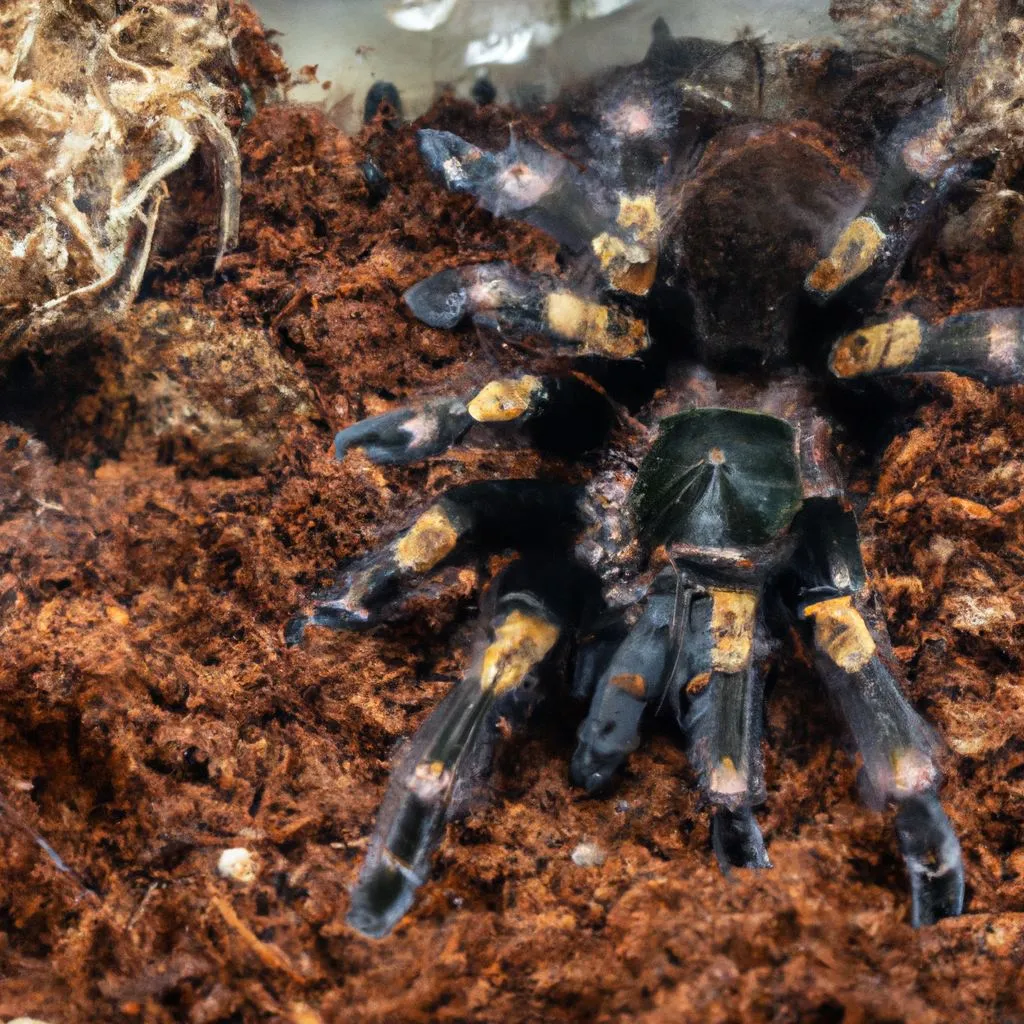
Mites, especially those that feed on the tarantula, can sometimes leave behind red or brown spots on the tarantula’s body. These spots are often the mites themselves, or their waste products. Look closely for these marks, as they can be an early warning sign. These spots are often concentrated around the joints of the legs, the abdomen, or the mouthparts. These spots can be quite small and subtle, so a close inspection is necessary. Sometimes, these spots might look like tiny clusters of dust, but upon closer inspection, they will be moving. The presence of these spots is a clear indicator of a possible infestation.
Mites on the Molt
When a tarantula molts, it sheds its exoskeleton. If mites are present, they often attach to the discarded molt. Examining the molt can confirm the presence of mites if you’re unsure whether your tarantula is infested. Look for tiny moving specks on the surface of the molt. This can be an excellent way to identify mites if you don’t see them on the tarantula itself. Inspecting the molt is a simple, yet effective, method to determine if mites are present in the enclosure and on your tarantula. Keeping a close eye on the molts will alert you of a possible infestation.
Solutions for Tarantula Mites
If you find that your tarantula has mites, it’s essential to take immediate action. Several solutions can help eliminate mites and protect your pet. Implement these strategies promptly to alleviate the infestation and maintain a healthy environment for your tarantula. The approach you choose will depend on the severity of the infestation and your preferences. It’s important to monitor your tarantula’s condition closely after initiating treatment to ensure it’s effective and that the mites don’t return. Combining several of these methods will often yield the best results.
Quarantine the Affected Tarantula
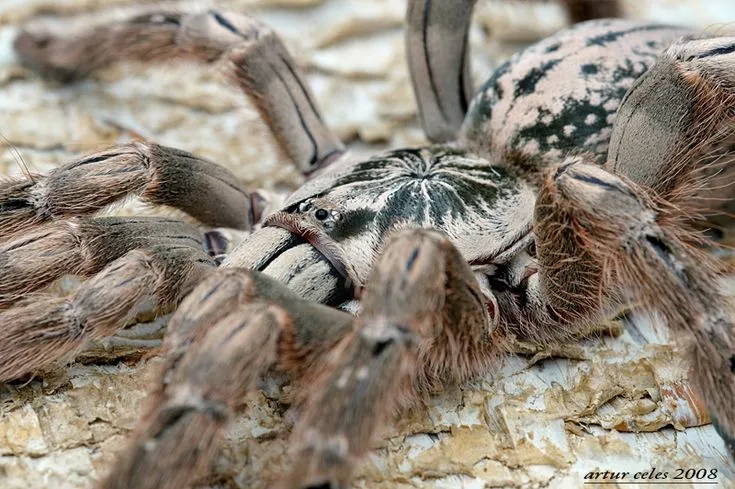
The first step to dealing with tarantula mites is to quarantine the affected tarantula. Remove the tarantula from its current enclosure and place it in a separate, clean enclosure. This prevents the mites from spreading to other tarantulas or other pets. Use a completely new setup, including fresh substrate, water dishes, and decorations. Thoroughly clean and disinfect the original enclosure before reusing it. This quarantine period also allows you to monitor the tarantula more closely. The quarantine process can prevent the mites from spreading.
Improve Cage Hygiene
Maintaining excellent cage hygiene is critical in the fight against mites. Regularly clean and disinfect the enclosure, water dishes, and any decorations. Remove any uneaten food, molts, and other organic debris, as these can provide a breeding ground for mites. Ensure proper ventilation to reduce humidity levels, which can exacerbate mite infestations. Regularly inspect the enclosure and its contents for signs of mites. By consistently practicing good hygiene, you can prevent mites from thriving and reduce the risk of re-infestation. Good hygiene is the first line of defense against mites.
Remove Contaminated Substrate
Replace the tarantula’s substrate with fresh, clean bedding. The old substrate can harbor mites and their eggs, so removing and discarding it is essential. Thoroughly clean the enclosure before adding new substrate. Consider baking the new substrate in the oven at a low temperature (e.g., 200°F/93°C) for about an hour to kill any potential mites or their eggs before use, ensuring the substrate is cool before placing it in the enclosure. Choose a substrate type that is less prone to mite infestations, such as a blend of coconut fiber and peat moss. Removing and replacing the substrate is a crucial step in mite eradication.
Clean and Disinfect the Enclosure
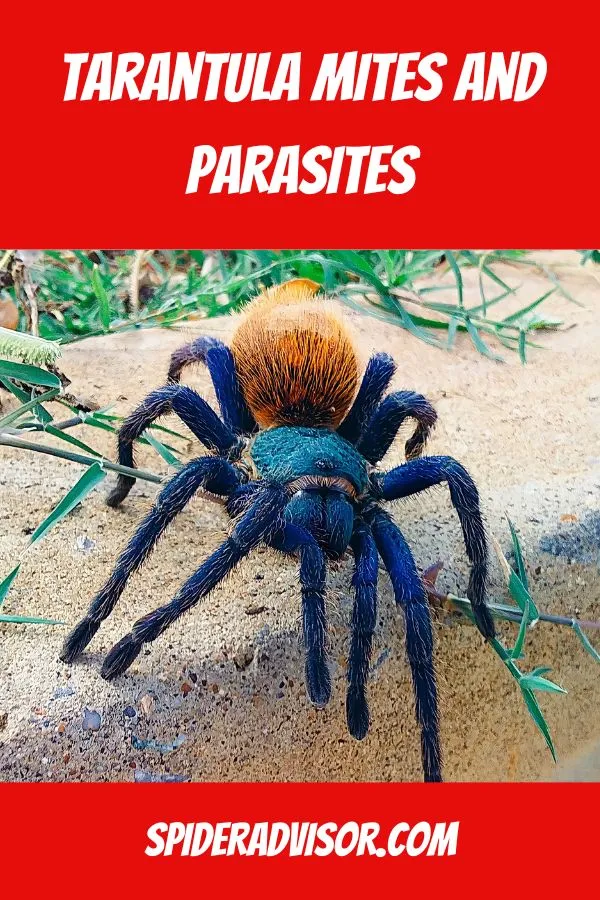
Thoroughly clean and disinfect the enclosure and any decorations. Use a reptile-safe disinfectant, following the manufacturer’s instructions. Remove all items from the enclosure and clean them separately. Scrub the enclosure with the disinfectant, paying attention to corners and crevices where mites can hide. Rinse everything thoroughly with water to remove any disinfectant residue. Allow the enclosure and decorations to dry completely before returning the tarantula. Regular cleaning and disinfection are crucial to eliminate mites and prevent re-infestation.
Consider Chemical Treatments
In severe cases, you might consider using chemical treatments specifically designed for mite control in reptile and arachnid enclosures. Always research and choose a product that is safe for tarantulas. Follow the manufacturer’s instructions carefully, and make sure the enclosure is well-ventilated. Remove the tarantula and its water dish before treatment, and allow the enclosure to air out completely before returning your pet. The chemicals may require multiple applications to eradicate the mites effectively. Chemical treatments should be used with extreme caution.
Use Predatory Mites
Predatory mites are a natural and effective way to control tarantula mites. These beneficial mites feed on the harmful mites, helping to eradicate the infestation without the use of chemicals. Introduce predatory mites into the enclosure according to the instructions provided. They will search for and consume the tarantula mites, naturally reducing their population. Predatory mites are safe for your tarantula and the environment. They are also a great long-term solution because they can persist and help prevent future outbreaks. This method is a safe and sustainable way to eliminate mites.
Preventing Mites
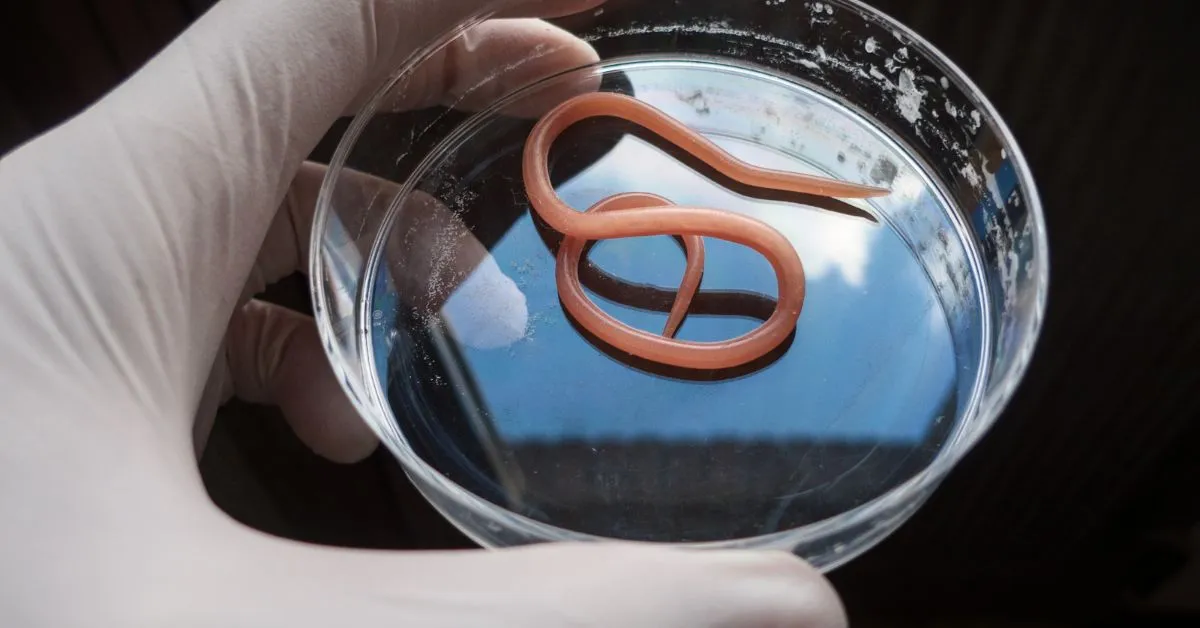
Prevention is always better than cure. Implement preventative measures to minimize the risk of a mite infestation. Regularly inspect your tarantula and its enclosure, maintain excellent hygiene, and quarantine any new additions to your collection. Proper humidity and ventilation are also important. By taking these steps, you can significantly reduce the chances of your tarantula being plagued by these pesky arachnids. Consistent care and vigilance are key to keeping your tarantula healthy and thriving.
Tarantula mites can be a serious problem, but with prompt identification and treatment, you can protect your pet’s health and well-being. Regular inspection of the tarantula and its enclosure is a vital part of responsible tarantula care. By understanding the signs, implementing effective solutions, and taking preventative measures, you can keep your tarantula safe and mite-free. Always consult with a veterinarian or experienced tarantula keeper for more advice.
